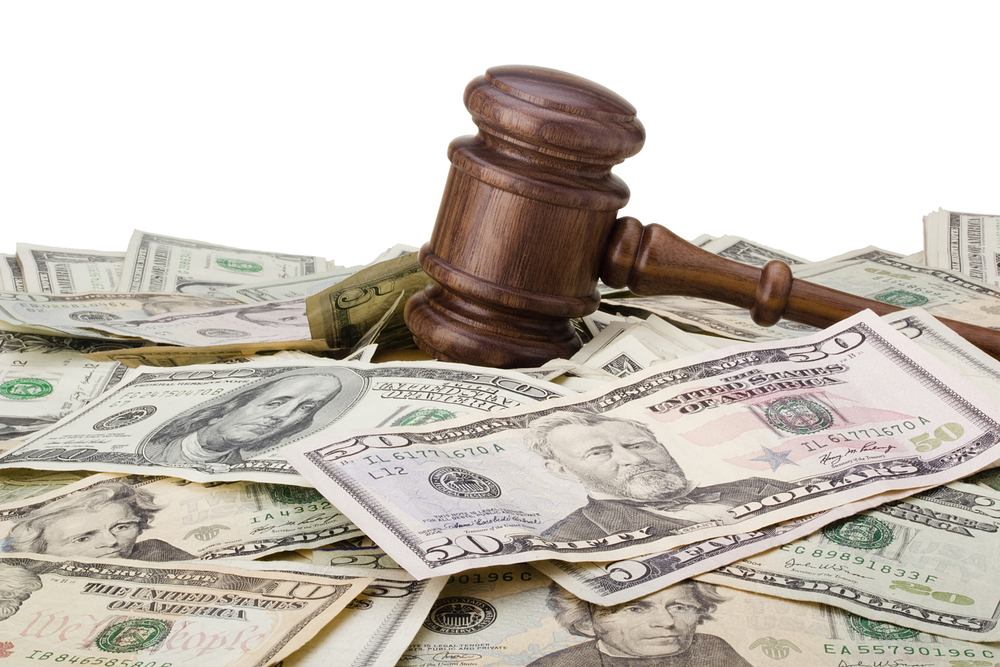by Phil Cannella
In a story that has become all too common these days, ratings agencies Standard & Poor’s and Moody’s settled a lawsuit accusing them of manipulating their ratings before the financial crisis of 2008. Specifically, the two agencies are accused of giving good ratings to risky subprime mortgage products in order to make them more appealing to investors.
The products in question were more of the complex derivative products made up of subprime mortgages that are credited with causing a great deal of the damage the U.S. economy suffered in 2008. Financial companies bought up mortgages and divided them into categories based on how likely homeowners were to default on those mortgages. The ones deemed likely to bring a return were labeled “Prime.” The ones that were likely to go into default were labeled “subprime.” These companies saw their opportunity to make some money off these subprime mortgage products, and they took it.
The subprime mortgages got bundled together and were given fancy names like “Abacus” and “Timberwolf” to make them more attractive to unsuspecting investors. But they also needed the support of ratings agencies to make their plan a success. Although it is unknown why they did it, S&P and Moody’s were both willing to rate subprime mortgage products very highly. With the strength of these endorsements, financial companies were able to sell subprimes like hotcakes, while simultaneously betting against those very same products. Internal e-mails revealed that these firms knew the products would perform less than admirably, and of course they turned out to be right. Because the firms took a short position against their own products, they made bank when subprimes crashed in 2008, taking the housing market and the U.S. economy with them.
So why did ratings agencies rate subprimes so highly when the people selling them knew they would crash? Regulators, Economists, and Investors alike smelled something fishy. That’s why S&P is now facing a barrage of lawsuits from the U.S. Department of Justice, 18 State Attorneys General, banks all over the world, and even individual investors.
Unfortunately, ratings agencies and financial firms alike have proved to be quite good at evading these charges by settling out of court. And the settlement between S&P, Moody’s and the Plaintiff in this case represents another in a long line of these types of settlements. The best part? These settlements allow firms and ratings agencies to “neither admit nor deny wrongdoing.”
That’s how these firms get away with murder, and it happens all the time. It’s nearly five years after the economy collapse, and very few people have faced any kind of real justice for the widespread fraud that went on.
Unfortunately, regulators in the U.S. seem more interested in collecting the big paychecks they get in these settlements than they do in enforcing the law.
Read more about this story in The Wall Street Journal
Phil Cannella is the founder and CEO of Retirement Media, Inc.





